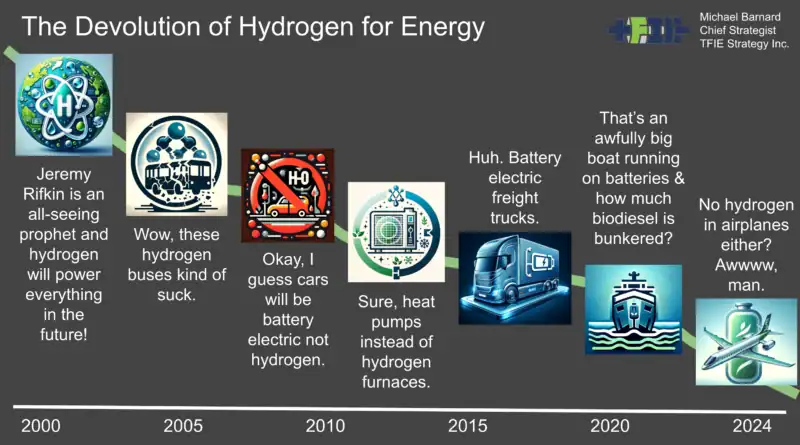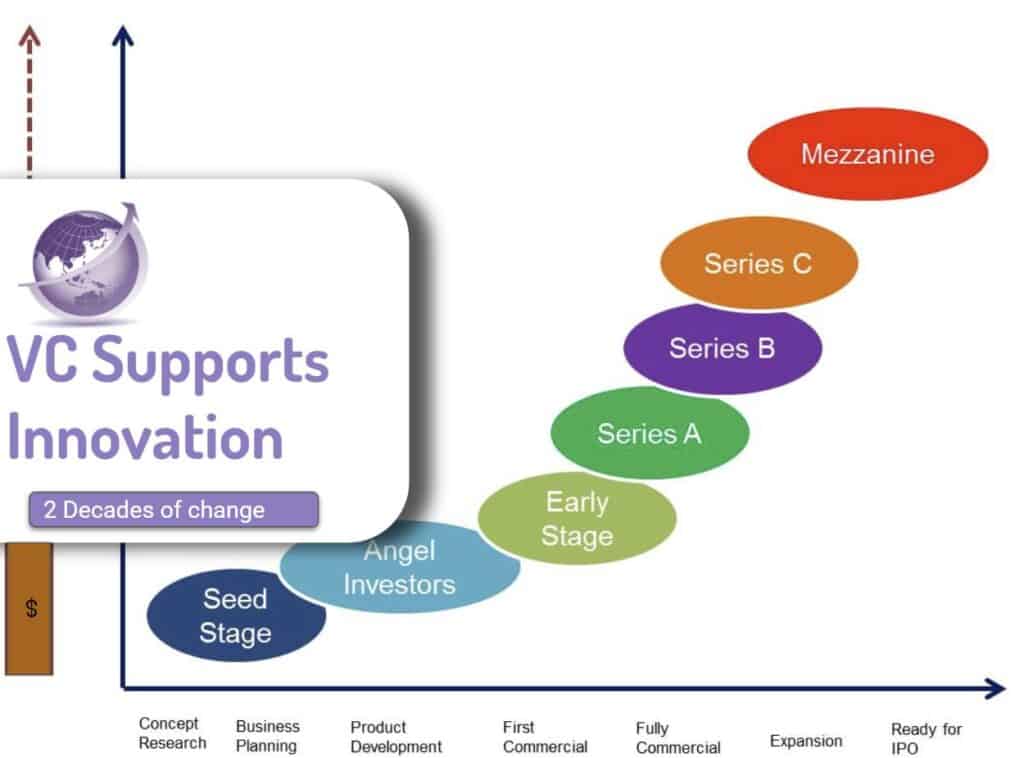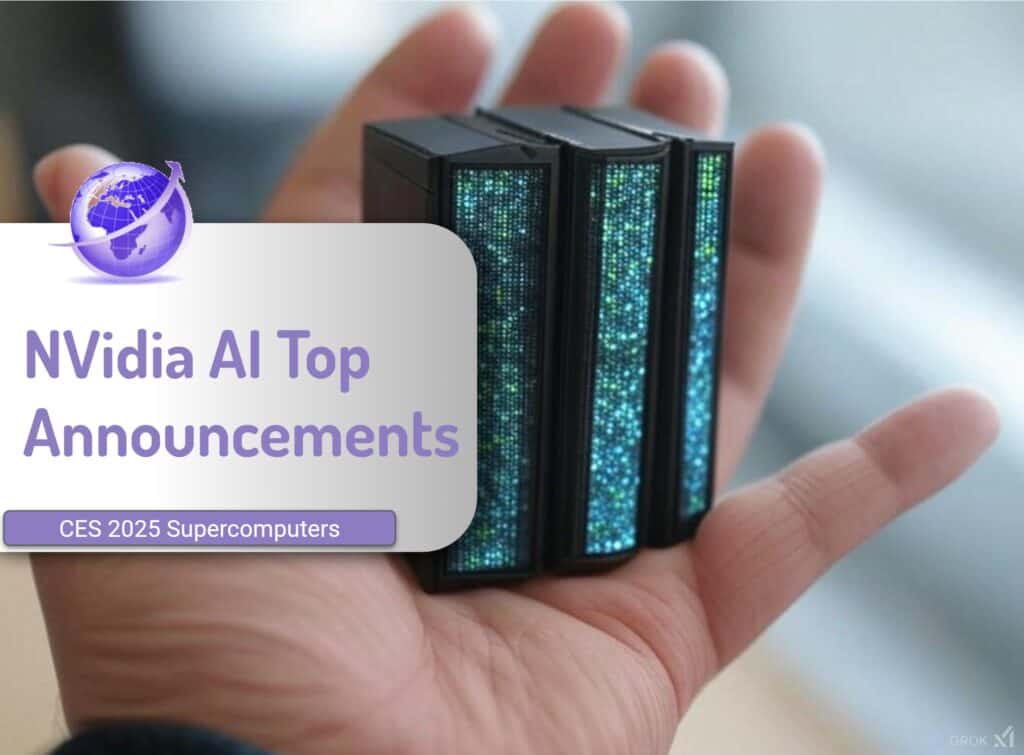Actor Network Theory (ANT) by Bruno Latour offers a radical departure from traditional approaches to understanding scientific and technological phenomena. People coined this a “Black Box” approach. ANT is not about knowledge, facts, and technologies. Instead, they are the result of complex, diverse and often fragile mixes. ANT is a theoretical framework, pioneered with Michel Callon and John Law. At the time is was a radical departure from traditional approaches.
ANT proposes that a “network” is a dynamic and fluid association of “actors.” Crucially, this includes both human and non-human entities. A human actor could be a scientist, a politician, or a consumer. Non-human actors are equally essential and can include laboratory equipment, software code, a government policy, a financial model, or even a diagram. According to Latour, the viability and perceived reality of a technology or scientific claim depend entirely on the strength and stability of the network of actors that supports it.
The Black Box Of Innovation
When this network of human and non-human actors successfully aligns, an object—be it a scientific fact like the existence of a new particle or a technological innovation like the internet—becomes what Latour calls a “black box.” The term is a powerful metaphor for the process of stabilisation and simplification. Once an object is “blackboxed” we lose visibility of its internal complexity. No one challenges its validity. We don’t see the messy and contentious creation. Diverse actors that hold it together are concealed from view. The technology simply “works” and is accepted as a given. Its use becomes a routine. Black box funding becomes automatic. It is taken for granted.
Black Boxes Can be Exposed
Fortunately, black boxes are never truly sealed. It is always susceptible to being “opened” if the network of actors supporting it weakens or breaks down. This could happen if a key financial backer pulls out, a critical component fails, or a new discovery challenges a long-held scientific belief. When the network fractures, the black box cracks open, and the myths, assumptions, and messy politics that were once hidden spill out. This process reveals that what was once considered a stable, objective reality was, in fact, the product of a delicate and complex social and material web. Latour’s ANT thus provides a powerful lens for tracing the origins and transformations of knowledge and technology, moving beyond simple narratives of progress to reveal the intricate, interconnected work of building and maintaining reality itself.
Hydrogen for Transport Black Box Exposed
Michael Barnard [7,8] shows how the ANT theory – the black box of Hydrogen for transport is a box of mistruths and technology fails, even though for a decade and billions of government subsidies H2 was the path for decarbonisation in South Korea. The black box was broken open by the police planning to use H2-powered buses. In 2019, South Korea announced a program aimed at making the country a global leader in hydrogen transportation. The government declared that all 802 police buses then in service would be replaced with hydrogen fuel cell models by 2028. Six years later, the reality is very different. By the end of 2025, only 16 hydrogen police buses will be in operation. More than $7.2 million has been spent. Delays, cost, lack of fuel and unreliability ended the flagship project. The hydrogen transport myth was busted.

References
Primary Works by Bruno Latour and Collaborators
- Latour, Bruno. Science in Action: How to Follow Scientists and Engineers Through Society. Harvard University Press, 1987.
This book is a landmark text in STS, laying out the foundational principles of ANT. It uses a series of compelling case studies to demonstrate how scientific facts and technologies are “made” through networks of human and non-human actors. - Latour, Bruno. Reassembling the Social: An Introduction to Actor-Network-Theory. Oxford University Press, 2005.
A more recent and accessible introduction to ANT, this book clarifies key concepts and responds to common criticisms. It emphasises that the “social” is not a pre-existing substance but is a constantly shifting network of associations. - Callon, Michel. “Some Elements of a Sociology of Translation: Domestication of the Scallops and the Fishermen of St. Brieuc Bay.” In Power, Action and Belief: A New Sociology of Knowledge, edited by John Law, 196-223. Routledge & Kegan Paul, 1986.
This seminal article is a classic example of an ANT case study. It introduces the concept of translation—the process by which an actor, human or non-human, enrols and mobilises other actors to achieve its goals—using the example of a failed scientific project. - Latour, Bruno, and Steve Woolgar. Laboratory Life: The Social Construction of Scientific Facts. Sage Publications, 1979.
C-authored with sociologist Steve Woolgar, predates the term “Actor-Network Theory.”
Other References
Overviews, critical perspectives, and a broader application of ANT.
- Law, John, and John Hassard, editors. Actor Network Theory and After. Blackwell Publishers, 1999.
This influential collection of essays explores the state of ANT at the turn of the century and its evolution. It includes contributions from Latour, Law, and others, addressing both the theory’s strengths and its limitations. - Law, John. “Notes on the Theory of the Actor-Network: Ordering, Strategy, and Heterogeneity.” Systems Practice 5, no. 4 (1992): 379–393.
A crucial paper by one of ANT’s co-founders that provides a clear and concise summary of the theory’s core concepts, including the treatment of both human and non-human actors with generalised symmetry. - Green Hydrogen For Energy Was A Story We Told Ourselves. Mar 2025 Michael Barnard https://cleantechnica.com/2025/04/07/green-hydrogen-for-energy-was-a-story-we-told-ourselves/
- Battery Electric Rise, Hydrogen Falters: Lessons From South Korea Michael Barnard Sep 2025 https://cleantechnica.com/2025/09/06/battery-electric-rise-hydrogen-falters-lessons-from-south-korea/



